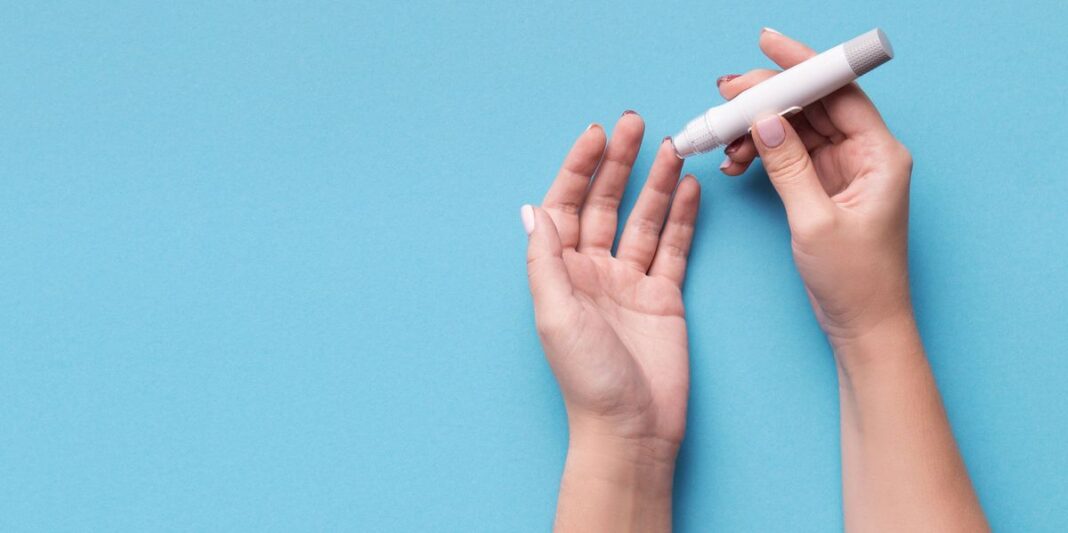If you have diabetes, you should make an effort to keep your blood sugar level as compared to that of a person without diabetes. It’s probable that not everyone can do this or thinks it’s appropriate. The most prevalent form of the disease, type 2 diabetes, can be halted with lifestyle adjustments.
If you already have type 2 diabetes due to being overweight, having high cholesterol, or having a family history of the disease, prevention is very crucial. You can feel wonderful today and tomorrow by taking care of yourself and your diabetes. You’re probably going to feel more energized when your blood sugar (glucose) levels are close to normal.
Five daily activities to reduce high blood sugar
- Eat wholesome foods
Selecting the right foods is essential for keeping a healthy blood sugar level whether you have type 1 or type 2 diabetes.
Eating a range of healthful foods from all food categories is essential for managing diabetes – veggies and fruits, whole grains like oats, brown rice, quinoa, barley, and whole wheat.
It includes protein-rich foods like lean meats, poultry, fish, eggs, nuts, beans, lentils, and tofu.
Dairy products with low or no fat, like milk, yogurt, and cheese.
2. Exercise consistently
Regular physical activity has a lot of advantages. Exercise can aid in weight loss, blood sugar control, and increased insulin sensitivity, all of which help to maintain normal blood sugar levels.
Aim for 150 minutes or more of moderate to vigorous aerobic activity each week, including at least 30 minutes of brisk walking, swimming, cycling, or running.
Resistance training – You should perform resistance training at least two to three times a week to increase your strength, balance, and ability to lead an active life. Yoga and weightlifting are all forms of resistance training.
Very little inactivity– Blood sugar levels can be managed by breaking up extended periods of inactivity, such as working at a computer. Every 30 minutes, get up and move about for a while, or perform some mild exercise.
3. Reduce your weight
Achieving a healthy, ideal weight can be challenging for many people because it is such a sensitive issue. However, if you have diabetes and are overweight, decreasing weight has enormous advantages.

You’ll feel more energized and have a lower risk of developing life-threatening consequences like heart disease and stroke. You can better manage your diabetes by losing weight. Additionally, if you have type 2 diabetes, decreasing weight may possibly put your condition into remission.
4. Take your diabetic medication
Blood sugar-lowering medications include insulin and diabetes tablets and injections. Daily, shortly after meals, take the tablet(s) (except Gliclazide which is consumed half an hour before meals). Never skip or put off eating. If not, your blood sugar level can drop too low.
Your risk for blindness, renal disease, heart disease, and nerve damage all increase if you often skip doses. If you forget to take a dose of your oral diabetic medicine, do so as soon as you remember. Skip the missed dose and take the following one as scheduled if your next dose is approaching.
5. Do a blood sugar test
Self-testing your blood sugar (blood glucose) can be a crucial tool in treating diabetes and avoiding complications if you have diabetes. Using a continuous glucose monitor is an option (CGM). Or you can use a tiny drop of your blood to test your blood sugar at home on a portable electronic instrument called a blood sugar metre. You just need a sugar test strip and a glucometer and you can easily test at home.
Information from blood sugar testing is helpful for managing diabetes. It can assist you in identifying high or low blood sugar levels, tracking your progress toward achieving your overall treatment objectives and monitoring the impact of diabetes drugs on blood sugar levels.
